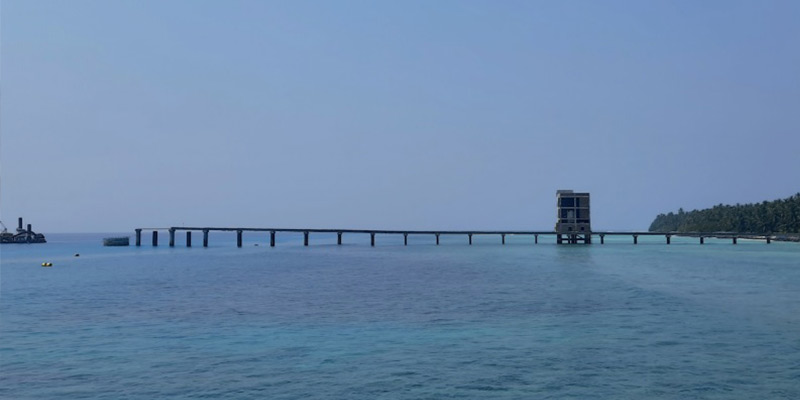- India
- Jul 23
Explainer / Low Temperature Thermal Desalination (LTTD) technology
The ministry of earth sciences (MoES), through its autonomous Institute National Institute of Ocean Technology (NIOT), has developed Low Temperature Thermal Desalination (LTTD) technology for conversion of sea water to potable water which has been successfully demonstrated in Lakshadweep islands.
Low Temperature Thermal Desalination (LTTD) technology
• Lakshadweep islands are remote, facing drinking water scarcity due to increased population and tourism activities.
• MoES-NIOT has developed Low Temperature Thermal Desalination (LTTD) technology and established plants at Kavaratti (2005), Minicoy and Agatti (2011).
• The capacity of each of these LTTD plants is 1 lakh litres of potable water per day.
• Following the success of these plants, the ministry of home affairs, through Union Territory of Lakshadweep, has entrusted the work of establishing six more LTTD plants at Amini, Androth, Chetlet, Kadmat, Kalpeni and Kiltan with a capacity of 1.5 lakh litres/day.
• The LTTD technology utilises the temperature difference available between surface water and deep sea water. In this methodology, the warmer surface sea water is evaporated at low pressures and the vapour obtained are condensed using the colder deep sea water.
• The Reverse Osmosis, a membrane process, is globally accepted technology suitable for desalination of saline water, which is quite different from LTTD technology developed by the ministry. The LTTD is a process under which the warm surface sea water is flash evaporated at low pressure and the vapour is condensed with cold deep sea water.
• The LTTD technology does not require any chemical pre and post-treatment of seawater and thus the pollution problems are minimal and suitable for island territories.
• Since no effluent treatment is required, it gives less operational maintenance problems compared to other desalination processes. Also, the LTTD technology is environment friendly.
• The LTTD technology is found suitable for Lakshadweep islands where the required temperature difference of about 15°C between sea surface water and deep-sea water is found in the vicinity of Lakshadweep coasts only as of now.
• As the sea bed topography and environment are different in each island, the design of marine structures and cold water pipe was completed considering site specific conditions of respective island.
• The cost of desalination plant depends on a number of factors, which includes technology used and location of the plant. The total cost of the six LTTD plants in Lakshadweep islands is Rs 187.75 crore.
• The produced fresh water is being supplied continuously to local communities since commissioning of the plants. The process is environmentally friendly and requires low maintenance. The major technical challenges include site specific design and installation of about 1,000m long pipeline to draw cold water from about 350m depth and marine structure to draw cold/warm water and to support the pipeline.
Manorama Yearbook app is now available on Google Play Store and iOS App Store

